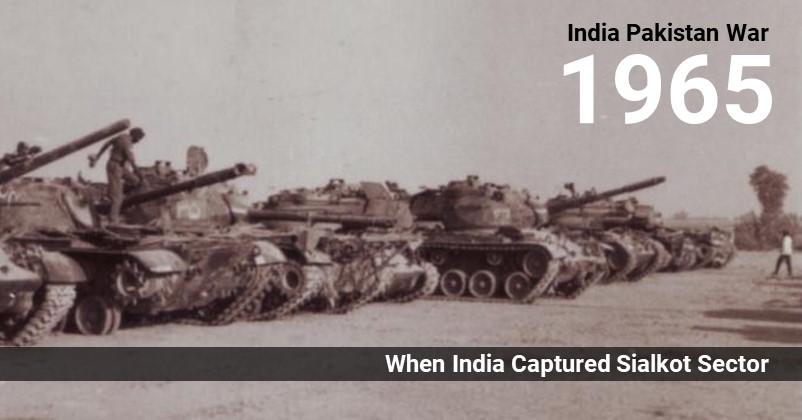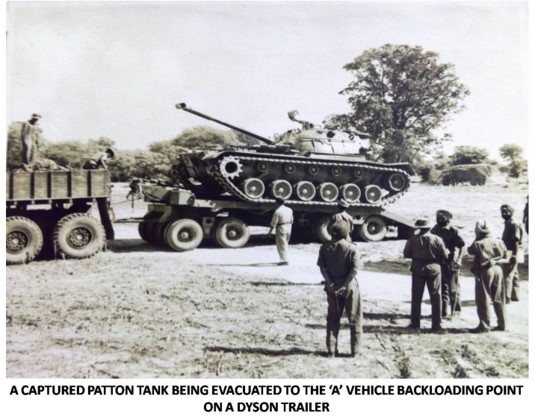5th September, When India Captured Sialkot Sector

On Friday, we spoke about Pakistan’s ‘Operation Gibraltar’ that was executed on 05 August 1965, when 26,000 and 33,000 Pakistani soldiers dressed as Kashmiri youths crossed the Line of Control to merge with the locals and flare up insurgency and eventually with the help of local separatists’ organisations, concentrate these infiltrating groups to attack and eliminate any resistance and declare independence from India. However, India launched counter attacks and by the end of August, it was able to capture the Haji Pir Pass, which was of immense strategic importance.
Then came Operation Grand Slam, where Pakistan sensed that the progress of operations was not going as per the desired design. Hence, this operation was launched on 01 September 1965 with the objective of capturing the Akhnoor Bridge over Chenab, so as to cut off the lifeline of the Indian troops.
Pakistan attacked with an overwhelming ratio of troops and superior tanks in the Akhnoor sector and made gains against the Indian forces. Air forces of both countries came into the battle where Pakistan attacked air bases in Kashmir and Punjab.
So, in order to relieve pressure on the Indian forces, which were fighting against odds in J&K, India took a decision to open up the theatre of operations by launching an attack into Pakistan’s heartland, i.e. Punjab. As expected, Pakistan had to relocate its troops to defend Punjab. Thus, resulting in the failure of ‘Operation Grand Slam’ and Pakistan could not capture Akhnoor. This strategic decision served as a turning point for the outcome of the 1965 War.

The Poona Horse regiment launched the attack in Phillora and Chawinda. The mission was led by Colonel Tarapore who fought for six days despite being injured before meeting a hero's death on the battlefield in the 1965 war. Inspired by his valour, the regiment attacked the enemy armour and destroyed approximately sixty Pakistani Army tanks, while suffering nine tank casualties on the Indian side.
India launched its offensive with its premier 1st Armoured Division with the objective of capturing Sialkot. However, its advance towards Sialkot was heavily contested by Pak 6th Armoured Division and Indian offensive was forced back by Pakistan at Chawinda.
The United Nations Security Council unanimously passed a resolution on 22 September 1965 that called for an unconditional ceasefire from both nations. The war ended the following day.
The Indian army suffered 3,000 battlefield deaths, while Pakistan suffered 3,800. IAF shot down 73 PAF planes and lost 59. Pakistan ended the war having depleted 17 percent of its front line strength, while India's losses amounted to less than 10 percent.
Despite the qualitative and numerical superiority of Pakistani armour, Pakistan was outfought on the battlefield by India, which made progress into the Lahore and Sialkot sectors, whilst halting Pakistan's counteroffensive on Amritsar.
The Indian army was in possession of 1,920 km² of Pakistani Territory and the Pakistan army held 550 km² of Indian Territory at the end of the War.
The territory occupied by India was mainly in the fertile Sialkot, Lahore and Kashmir sectors, while Pakistani land gains were primarily in the desert and barren areas opposite Sindh and in the Chamb sector of J&K.